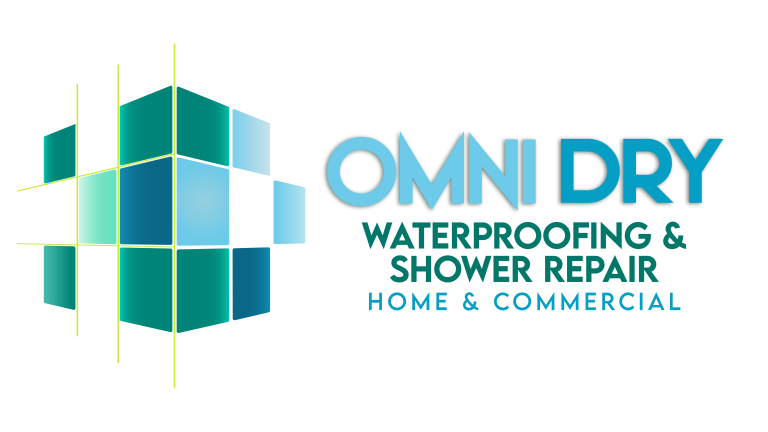Epoxy grout does not absorb moisture.
Yes, and this is a huge plus. A surface that absorbs moisture like a sponge (a cement grout joint) becomes a breeding ground for bacteria. They cause unpleasant odors in the bathroom or kitchen.
In epoxy grout, absorption, like in glass, is zero. That is, it does not allow water to pass through or absorb. This is extremely important for swimming pools and showers. But we would generally advise using epoxy grout in any place where liquid should not penetrate the seam, for example, on a tiled countertop in a bathroom or kitchen.
Epoxy grout is indicated, for example, in houses with children who can make a random puddle in the middle of the corridor or bathroom. The “outhouse smell” will have to be removed from cement joints with chemicals (and it’s not a fact that it will work the first time). With epoxy grout, the floor can be wiped down.
The seams are always like new.
There is no need to be afraid of spilling something on the countertop or rushing to wipe it off urgently: oils, fats, red wine, and coffee will not be absorbed. Epoxy grout joints will remain as good as new. Epoxy grout Melbourne offers a comprehensive range of grouting services.
Colour for 20 years
Epoxy grout does not turn white from scale and does not turn green or black from mold and mildew. Epoxy grout is generally purchased when a rich and bright color is required. It does not fade over time and is not afraid of ultraviolet radiation.
Hundreds and thousands of flowers
- There are more color variations in epoxy than in cement grout: 152 versus 35. Among them are, for example, metalized epoxy grouts and options interspersed with gold, silver, and mother-of-pearl.
- Only in the class of epoxy grout is such a product as translucent grout with a “chameleon” effect – a particular pleasing composition allows the glass mosaic color to be absorbed in the grouted form and transferred to the surface.
- Only epoxy grout is used for grouting glass and artistic mosaics. Or when decorative effects like a smooth seam are needed (as in the photo).
- Only epoxy grout is photoluminescent and emits blue light in the dark for several hours.
Works like glue
Epoxy grout is a dual-use product. It is both an adhesive and a grout. To save material, Italian artisans introduced the following technique into practice: they glued small tiles onto epoxy grout. They grouted them with the same color to avoid doing additional work cleaning the seams.
Imagine how “easy and simple” it would be to clear the seams when laying this mosaic, as in the photo in the project above.
Stone has no need – wood and metal need it.
Natural stone is a complex, porous material; it can absorb the resin (which is in the epoxy grout) and change color. Special protection technologies ensure that epoxy grout does not render unnecessary action on the stone, and test experiments are carried out before work. In the case of stone, it is much easier to work with cement grout.
But for wooden and metal mosaics, only epoxy grout is suitable and no other.
Typical customer complaints
- Expensive. Let’s put it this way: you can get by with cement grout if you want to save on materials. But we must understand that the savings will be imaginary. List the cost of operating cement or epoxy grout over their entire life cycle: epoxy grout will last for at least 20 years, while cement grout will most likely need to be resurfaced after 3-5 years, depending on the humidity of the room and the appearance of mold on the joints. The destruction of cement grout in the pool will begin even earlier – after 1.5-2 years, even considering the mandatory use of a latex additive.
- We still need to look for a master who will undertake to work with it and will not spoil it. It’s for sure that 8 out of 10 artisans discourage their clients from using epoxy grout.
- Do NOT clean the seams. If you rub the mosaic seams poorly with epoxy grout, then these seams cannot be cleaned – you need to knock down the mosaic, buy it, and lay it again.
Also Read: The Top Advantages Of Professional Carpet Cleaning Services
Typical objections from masters
- It is easy to spoil the material. The main problem here is non-compliance with the technology for preparing the composition. Instead of reading the instructions, everything is done “by eye,” for example, water. You must mix components A and B correctly, strictly observing the proportions to g; ideally, work with electronic scales.
- Washing epoxy grout off tiles is challenging if you miss time and the grout sets and hardens. This occurs because the correct surface washing and cleaning technology needs to be made aware. The main mistake is overfilling the water and washing out the resin.
- The solution sets quickly – you need time to develop the composition in 45-60 minutes and wash the surface. The grout behaves unevenly: where it sets, where it doesn’t.
- It is only possible to redo it if it is done well initially. You must use strong acids to clean the seams, which can burn the tiles and touch elements. When using expensive foreign tiles, a mistake by the artisans can result in several months of downtime while waiting for a shipment of material from a European factory.



